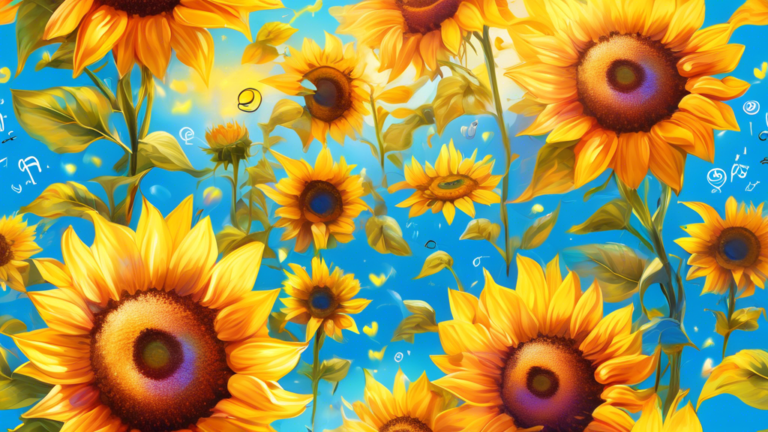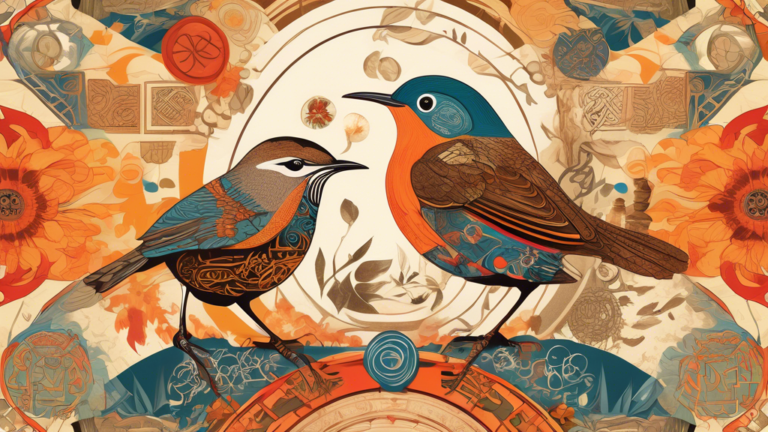Unveiling the Symbolism of Ferns
Introduction to the Symbolic Meanings of Ferns
The fern is a luscious green plant that thrives in the damp, shady woodland floors, often associated with moss-covered streams and misty forests. This verdant plant not only plays a vital role in the ecosystem by providing habitats and food to various creatures but also carries profound symbolic meanings across different cultures and historical periods.
Historical and Cultural Symbolism of Ferns
Ferns are some of the oldest plants, having existed for more than 300 million years. They can be seen in countless mythologies and folk stories across the globe, embodying various meanings and representing diverse attributes.
Indigenous Cultures
In many indigenous cultures, ferns are symbols of life and growth. The new fronds of ferns, often referred to as fiddleheads, unfurl in a perfect spiral pattern known as the Koru. To indigenous peoples of New Zealand, such as the Māori, the Koru represents new life, growth, strength, and peace. It is a powerful symbol in their art and tattoo tradition, emphasizing the idea of perpetual movement while adhering to a harmonious balance.
European Folklore
In European traditions, ferns occupy a magical space in the folklore of countries like Finland, Estonia, and Russia. One prevalent legend is the myth of the fern flower. It is believed that ferns bloom for a very short time on the eve of the summer solstice, and the bloom is so magical that it makes invisible beings visible and opens any lock in its presence. This myth underscores ferns’ association with mystery, magic, and unlocking hidden secrets.
Victorian Symbolism
During the Victorian era, the language of flowers, also known as floriography, was a popular way of conveying emotional messages. In this context, ferns symbolized sincerity, solitude, and hidden love. The intrinsic beauty and delicate nature of ferns also made them particularly appealing during this period, often appearing in art, textiles, and even jewelry.
Ecological and Health Relevance
Beyond their cultural symbolism, ferns contribute significantly to their ecosystems. They help regulate humidity and prevent soil erosion by providing an extensive root system and thick foliage. Ecologically, they are beneficial to numerous plant and wildlife species.
Natural Healers
Historically, ferns have been utilized in traditional medicine across many cultures. They are thought to have properties that help with digestion and can act as remedies for wounds and bites. Modern science has explored ferns for their potential anti-inflammatory and antioxidative activity, which are crucial in fighting diseases and promoting health.
Contemporary Significance
Today, ferns are not only appreciated for their natural beauty and ecological benefits but also for their symbolism that encourages deeper connections with nature and oneself. They are a popular choice for household plants, garden arrangements, and natural décor—a testament to their enduring appeal and versatility.
Conclusion
The rich tapestry of meanings attached to ferns is a testament to their profound impact on human culture and the natural environment. From embodying growth and new beginnings to symbolizing hidden depths and ancient wisdom, ferns continue to inspire and enhance our world in various visible and invisible ways.
The Symbolic Meaning of Rhinos: Ancient Representations and Modern Associations







